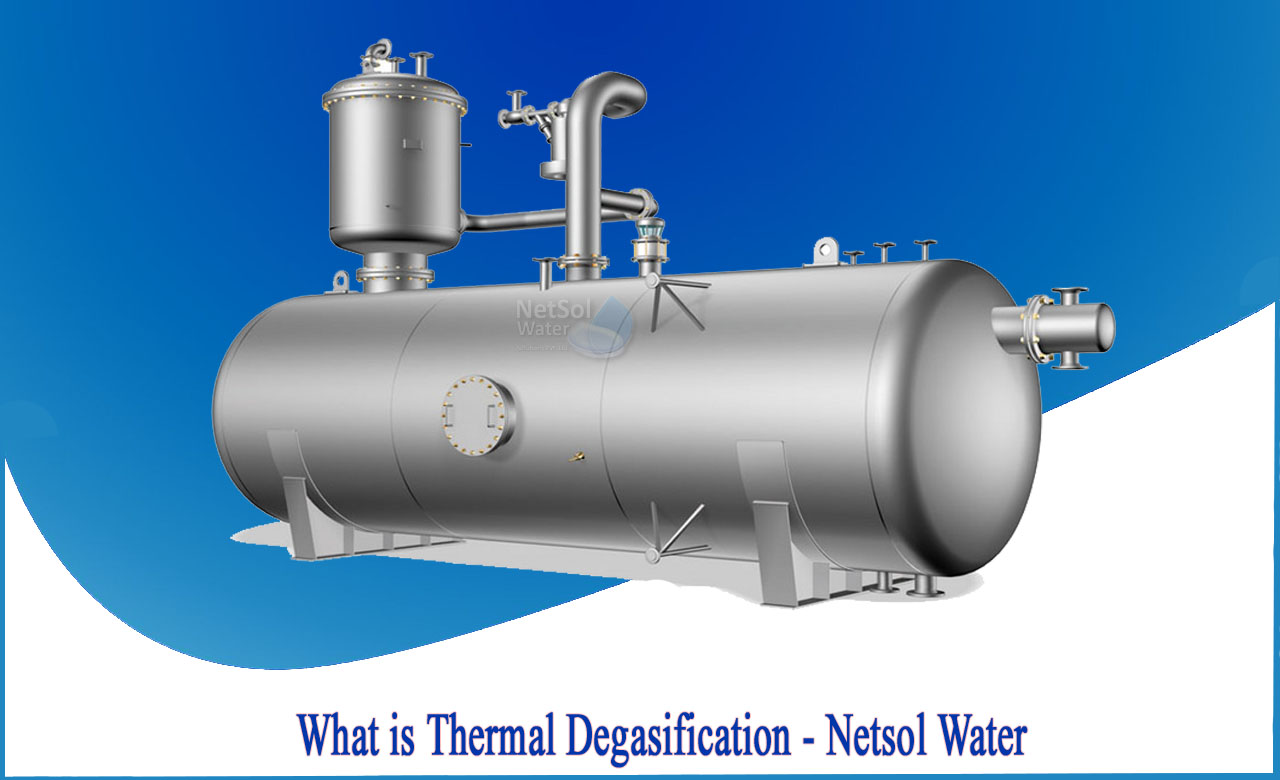What is degassing?
The elimination of dissolved gases from liquids, particularly water or aqueous solutions, is known as degassing. Gases can be removed from liquids in a variety of ways.
Gases are expelled for a variety of reasons. When working with substances that are air- or oxygen-sensitive (air-free approach), or when bubble formation at solid-liquid interfaces becomes a concern, chemists eliminate gases from solvents. When a liquid is frozen, the development of gas bubbles can be unwanted, necessitating degassing before.
The solution for degassing
As a result, special degassing processes can be employed to eliminate gases from water or lower them to levels below the acceptable residual concentrations (guaranteed value).
The guaranteed value is the amount of oxygen or carbon dioxide that consistently reaches or falls short of degassing.
The following are examples of common degassing procedures
1. Thermodynamic degassing (Pressure degassing, vacuum degassing)
2. Degassing of the membrane
3. Degassing with chemicals
What is Thermal Degasification?
Boiling water is required for thermal degassing (pressure degassing) of boiler feedwater. The degassing dome at the top receives a mixture of condensate and fresh water. Heating steam enters into the degassing unit at the bottom and flows upward against the current, bringing the temperature to the boiling point. The gases ejected as a result are carried away with the emissions vapours through the degassing dome's exhaust vapour outlet. The feedwater tank collects the degassed water.
At temperatures just over 100°C and working pressures of 0.2 to 0.3 bar, thermal degassing occurs. The feedwater can thus have an oxygen content of less than 0.02 mg O2/l and a carbon dioxide content of less than 1 mg CO2/l.Water can be degassed below 100°C by vacuum degassing or boiling.
How is the boiling point achieved?
The boiling point can be attained as early as 30-80 °C by creating a comparable negative pressure (partial vacuum) in the degassing unit. Degassing takes performed in this percolator, which also includes a spraying unit, packing, and supply sections. The gases are evacuated with the help of a vacuum pump and the water vapour that results. To keep the vacuum pump's intake volume flow minimum, it's better to employ an exhaust vapour condenser. It is also possible to get a residual oxygen content of 0.02 mg/l here.
For treating extra water for heating systems, vacuum degassing is utilised.
Exhaust vapour condenser
A vapour condenser can recover a large portion of the thermal energy of the vapours. This thermal energy is typically used to heat extra water, resulting in a reduction in the amount of heating steam required. This condenser is not required for thermal pressure degassing, although it is advised for economic reasons above a certain size of the degassing system. The vapour condenser is particularly crucial in suction degassing for the vacuum pump's economical dimensioning.
Purpose of thermal degasification
• CO2 elimination or gas adsorption in a "gas scrubber," particularly applicable to the removal of odour-emitting gases (odour control);
• oxygen eliminated by vapour stripping in thermal degasifiers operating at temperatures close to boiling point; and,
• by extension to the latter, water evaporation, primarily seawater, for producing drinking or process water, or even for concentrating or even crystallising salts.
Netsol Water is Greater Noida-based leading water & wastewater treatment plant manufacturer. We are industry's most demanding company based on client review and work quality. We are known as best commercial RO plant manufacturers, industrial RO plant manufacturer, sewage treatment plant manufacturer, Water Softener Plant Manufacturers and effluent treatment plant manufacturers. Apart from this 24x7 customer support is our USP. Call on +91-9650608473, or write us at enquiry@netsolwater.com for any support, inquiry or product-purchase related query.



